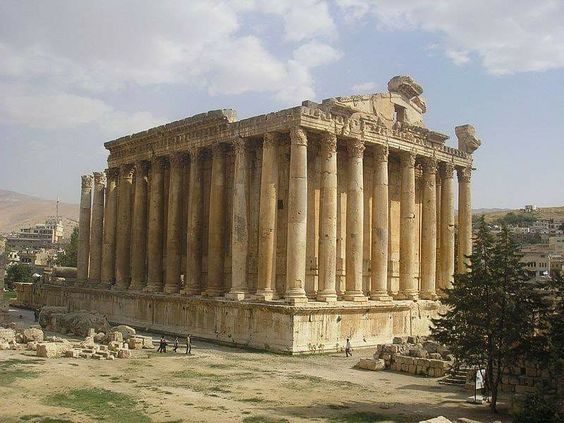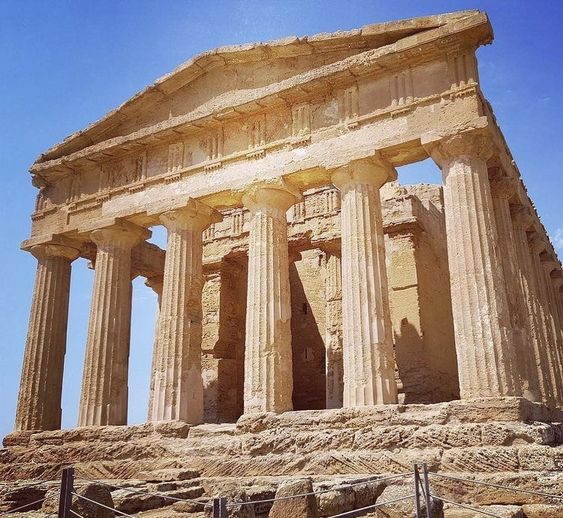
In the heart of Rome, amidst the captivating ruins of the Roman Forum, stands the majestic Temple of Antoninus and Faustina. This ancient architectural marvel, located along the iconic Via Sacra, bears witness to the grandeur of the Roman Empire and offers visitors a glimpse into its rich history. Let us embark on a journey to uncover the secrets and significance of this remarkable structure.
Historical Background:
The Temple of Antoninus and Faustina, originally known as the Temple of Faustina, was built in 141 AD by the Roman Emperor Antoninus Pius in honor of his deceased wife, Faustina the Elder. Following Antoninus’ death in 161 AD, the temple was rededicated to both Antoninus and Faustina by his successor and adoptive son, the Emperor Marcus Aurelius.
Architectural Splendor:
This imposing temple exemplifies the architectural style prevalent during the Roman Imperial period. Constructed from white marble, it features impressive Corinthian columns that support a beautifully carved entablature.

The facade of the temple, adorned with intricate reliefs depicting various mythological scenes and deities, showcases the skilled craftsmanship of ancient Roman artisans.
Religious Significance:
As a temple dedicated to the worship of Antoninus and Faustina, it served as a sacred space where rituals and ceremonies honoring the divine couple were conducted by Roman priests and devotees. The temple also symbolized the deification of the imperial couple, elevating them to a status akin to that of gods in the Roman pantheon.
Transformation Over Time:
Like many ancient structures, the Temple of Antoninus and Faustina has undergone several transformations throughout its history. Following the fall of the Roman Empire, the temple was converted into a Christian church in the 7th century and dedicated to Saint Lawrence. This transition preserved the temple’s architectural integrity while adapting it to serve a new religious purpose.
Modern-Day Exploration:
Today, visitors to the Roman Forum can marvel at the enduring legacy of the Temple of Antoninus and Faustina. Despite centuries of wear and tear, the temple remains a testament to the ingenuity and craftsmanship of ancient Roman architects.

Exploring its ruins allows visitors to immerse themselves in the rich tapestry of Roman history and experience firsthand the grandeur of the once-mighty empire.
Conclusion:
The Temple of Antoninus and Faustina stands as a poignant reminder of Rome’s illustrious past and its enduring influence on Western civilization. As one of the many architectural wonders scattered across the Roman Forum, it continues to captivate the imagination of visitors from around the world. Whether you’re a history enthusiast, an architecture buff, or simply a curious traveler, a visit to this ancient temple is sure to leave a lasting impression.
In conclusion, the Temple of Antoninus and Faustina stands as a testament to the architectural and cultural legacy of ancient Rome. Its grandeur and historical significance make it a must-visit destination for anyone exploring the wonders of the Eternal City.





